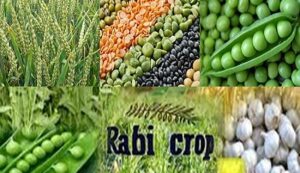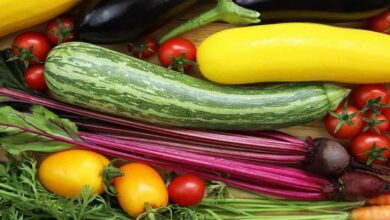Rabi Crops: Follow these tips for sowing Rabi crops
Rabi Crops: For each farmer, using the appropriate technologies and managing the soil is crucial. In particular, when Rabi crops are being sown, it becomes important to know which technique may be used to boost output while preserving soil fertility over time.

An expert who has long conducted study on soil management and advanced farming, Dr. Ramakant Singh, told Local 18 that farmers should practice farming with consideration for the crop cycle and soil requirements. He believes that farming may be made sustainable by striking the correct balance between traditional wisdom and contemporary technologies.
The zero tillage approach is a cutting-edge agricultural practice
The zero tillage approach, which is seen as an agricultural revolution, was given particular attention by Dr. Ramakant Singh. According to him, farmers use this technique to boost output while saving time, labor, and water. After the standing crop is harvested, the zero tillage approach allows for direct planting without field preparation utilizing a zero tillage equipment. In addition to saving money, this technique helps to keep the land fertile. Wheat may be planted on medium-to-low land, whereas Rabi crops like mustard, gram, and lentils should be planted on low-water land.
Paddy residues are crucial as well
According to Dr. Ramakant Singh, the zero tillage approach calls for a light irrigation 14 days after seeding and a second irrigation 21 days later. Because overuse of pesticides may degrade soil quality, fertilizers and insecticides should be used sparingly. Additionally, he explained the significance of paddy leftovers.
He claims that 80% of the weeds may be eliminated without the use of pesticides if rice remains are spread over the area after the Rabi crop is sown. In addition to being good for the environment, this method lowers farmers’ expenses. Sustainable agriculture and the enhanced production of Rabi crops both greatly benefit from the right direction.





